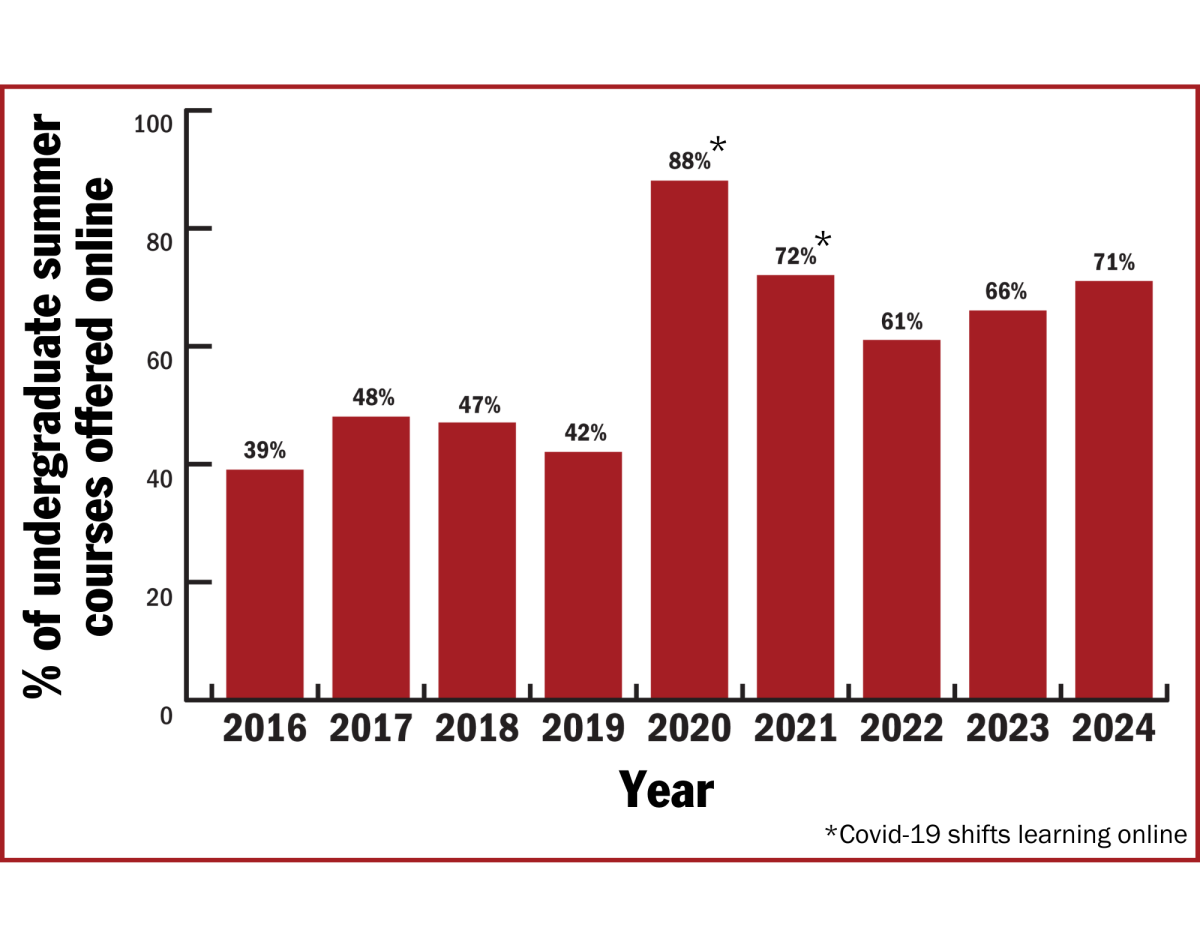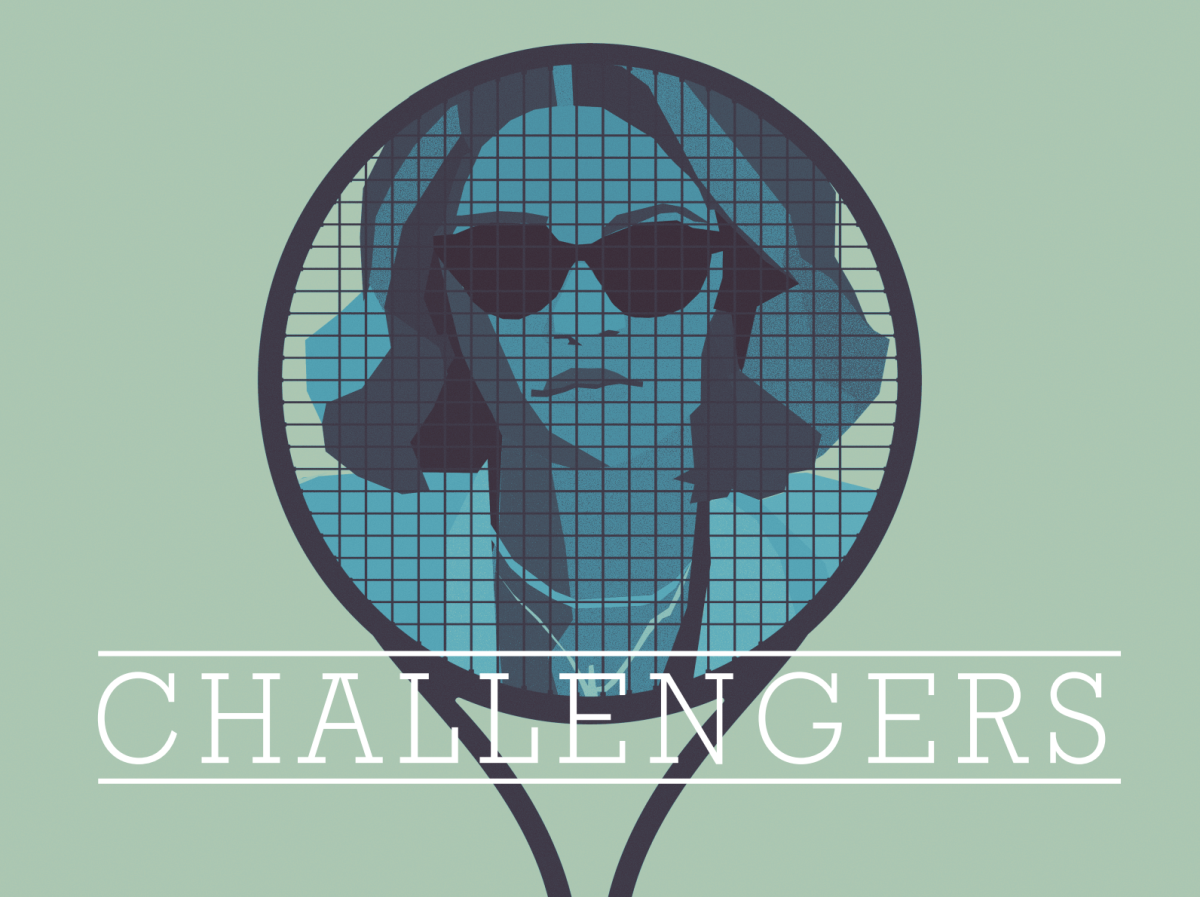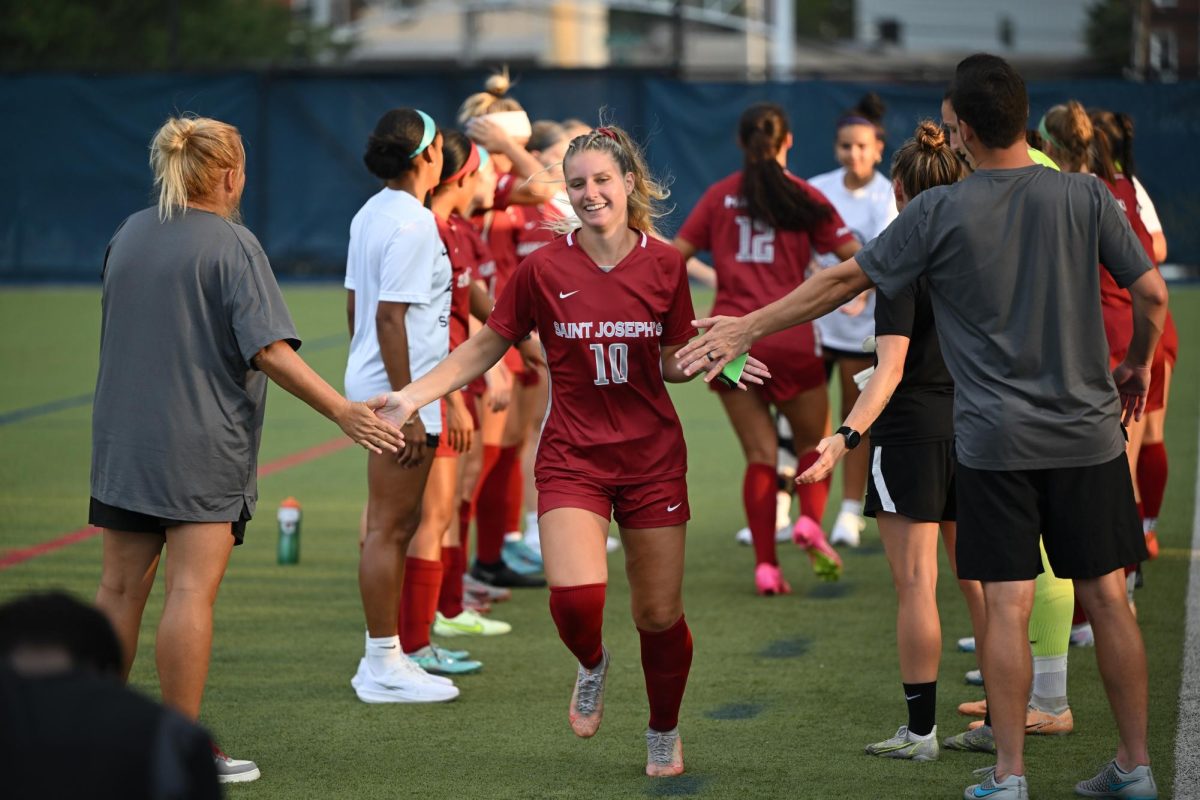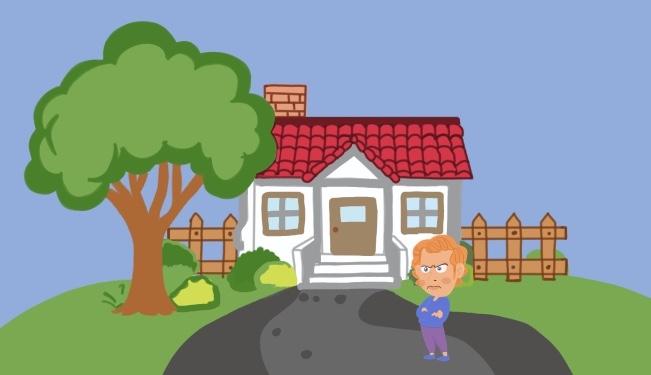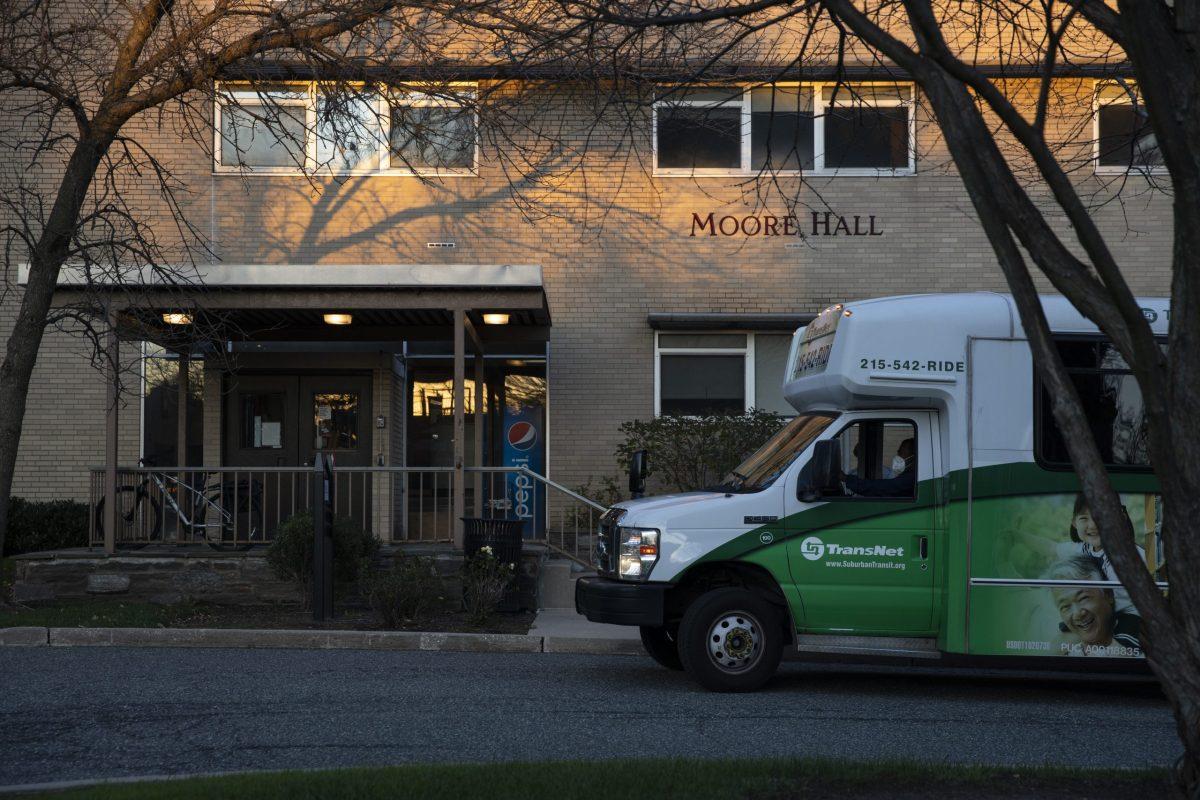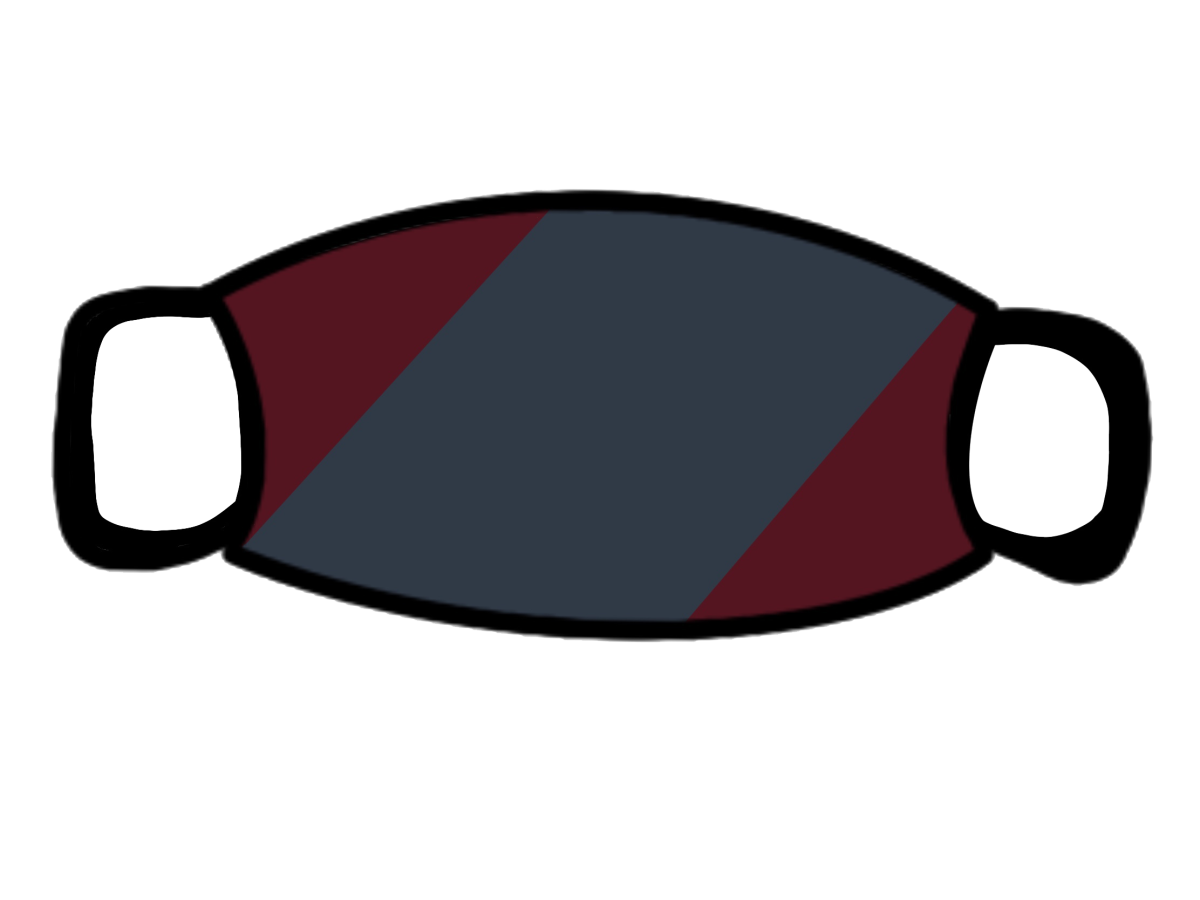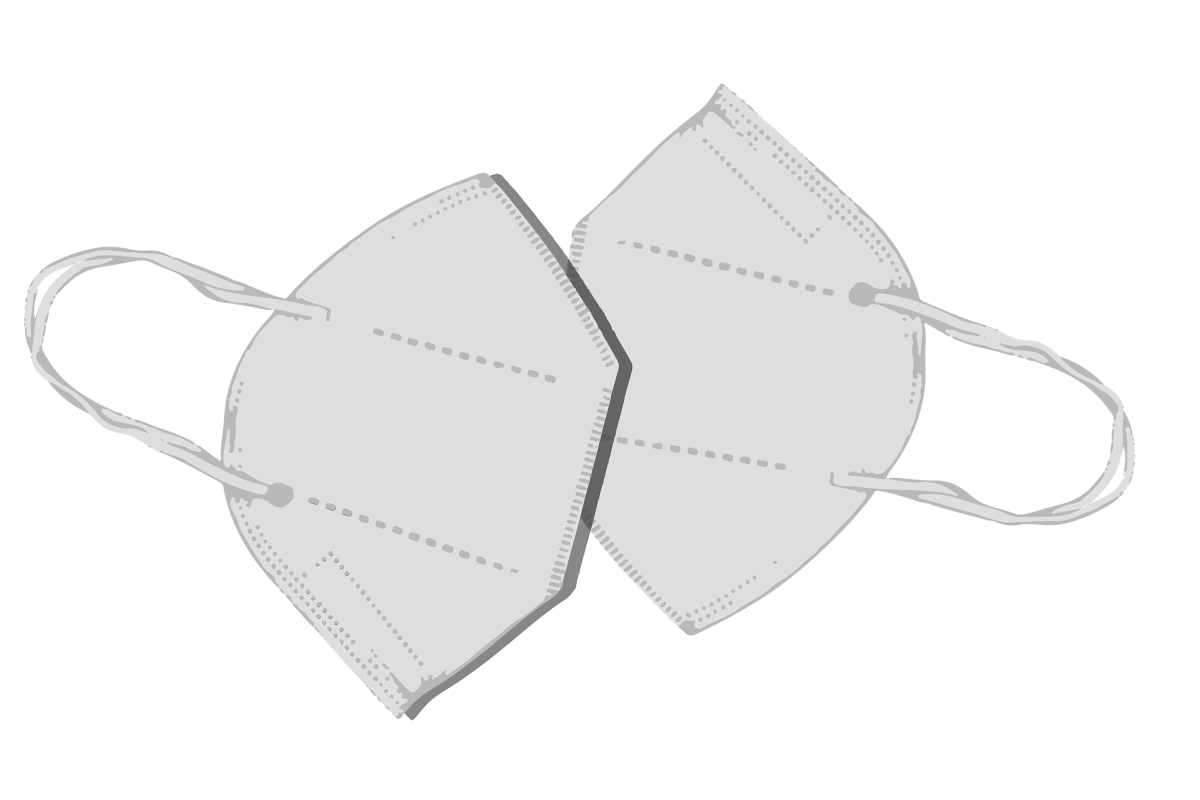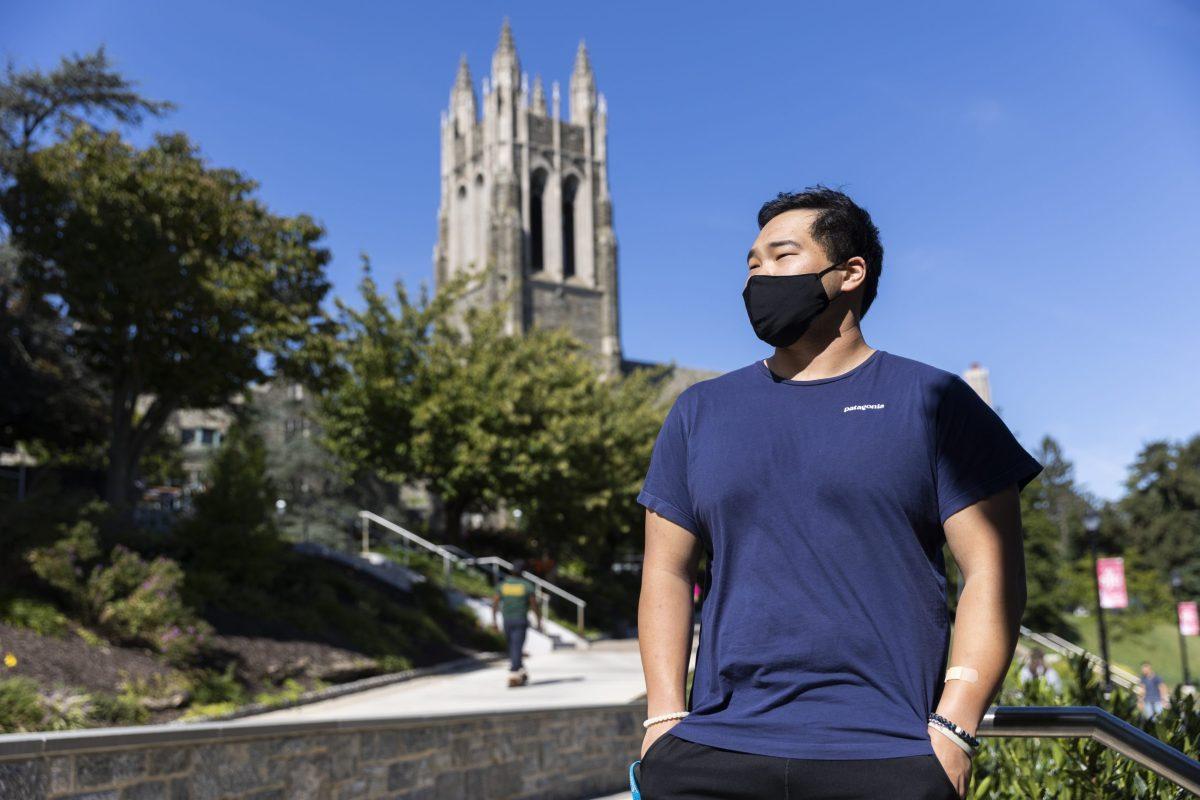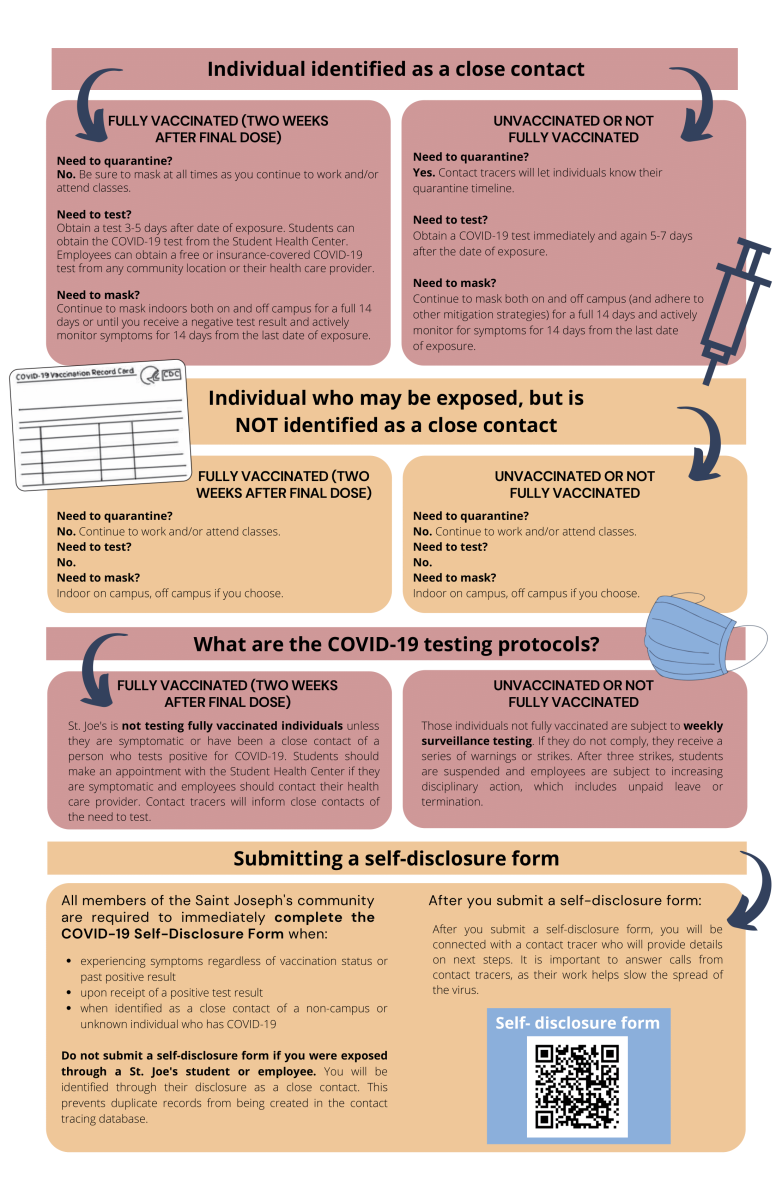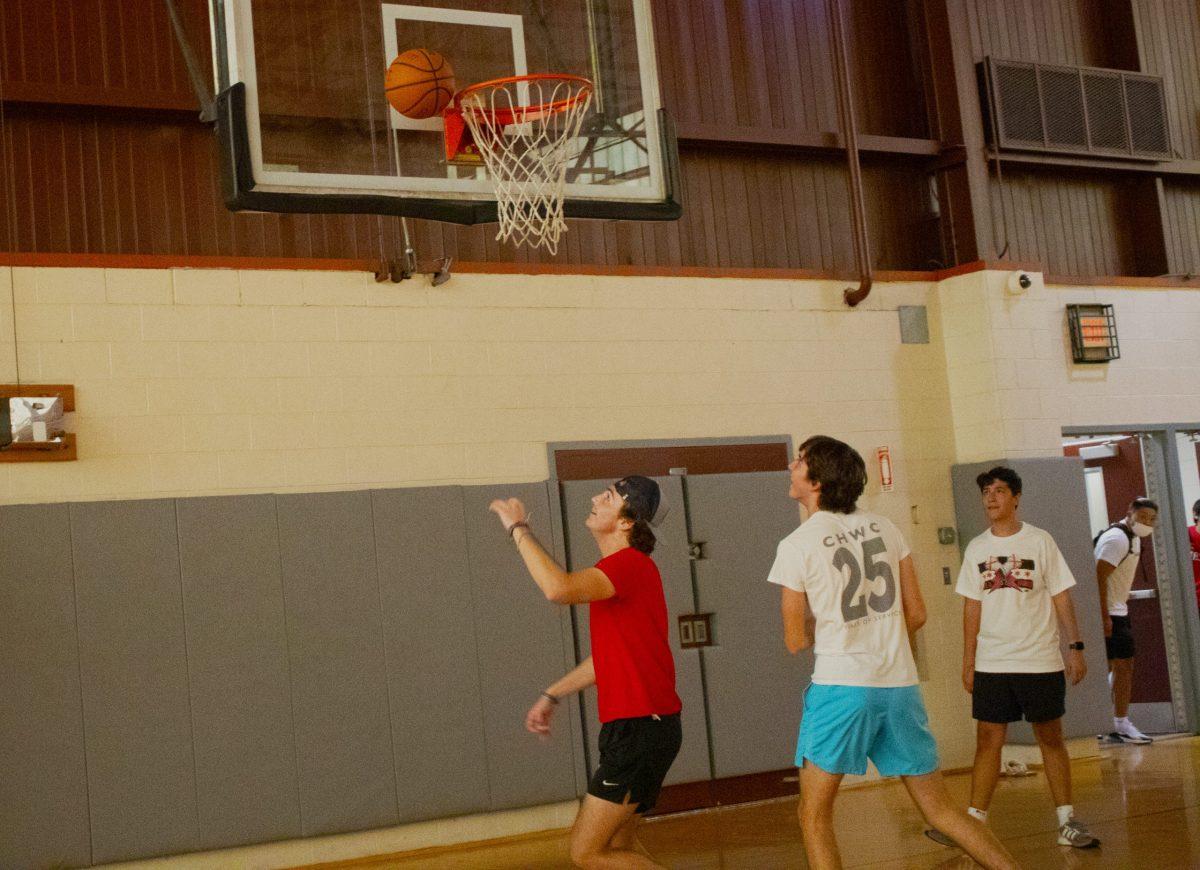Despite updated recommendations by the Centers for Disease Control and Prevention (CDC) regarding COVID-19 quarantine protocols, St. Joe’s still mandates the previously recommended 14- and 10-day quarantine and isolation periods in efforts to slow the spread of the virus on campus, a setting that has seen high rates of infection nationally.
At. St. Joe’s, anyone exposed to someone who tests positive for COVID-19 must quarantine for 14 days, regardless if they test negative on or after day seven. Anyone who tests positive must isolate for 10 days from the onset of symptoms or the date of their positive test if asymptomatic. In order to leave isolation after those 10 days, they must be fever-free for 24 hours, and any other symptoms must have begun to improve.
On Dec. 2, 2020, the CDC recommended that, in coordination with local public health officials, a quarantine and isolation period can end either after day 10 without testing or after day seven upon receiving a negative test result at day five or after. The previous recommendation had been 14 days.
Dr. David Pegues, professor of medicine at the Hospital of the University of Pennsylvania, said that 75% of people are no longer infectious seven days after a positive test and 90% or more are no longer infectious 10 days after a positive test.
“That’s allowed a little bit of relaxing in terms of the duration of quarantine,” Pegues said.
But the CDC’s revised recommendations come with a caveat.
“CDC continues to endorse quarantine for 14 days and recognizes that any quarantine shorter than 14 days balances reduced burden against a small possibility of spreading the virus,” according to the CDC website.
Cary Anderson, Ed.D., associate provost and vice president of Student Life, wrote in an email to The Hawk that the university decided to remain with a 14-day quarantine period after consulting with its medical advisers at Main Line Health.
“We have determined that the possibility of spreading the virus outweighs the shorter quarantine period,” Anderson said. “We believe this decision is in the best interest of our campus and surrounding community.”
As of March 1, the St. Joe’s COVID-19 Dashboard reports 130 cumulative cases this semester, with an estimated 26 active cases and 4% of on-campus isolation and quarantine spaces in use.
A large majority of people exposed to COVID-19 will be infectious by day 10, which is why Dr. Valerianna Amorosa, professor of clinical medicine and member of the Penn Infectious Diseases Program, said the mandated 14-day quarantine is “quite conservative.”
Amorosa said that the duration could probably be shortened by using testing strategically, but she said there are different challenges when shortening quarantines in a setting such as St. Joe’s.
“If you don’t use testing as a part of that decision, then you probably ought to keep it to at least 14 days,” Amorosa said. “Otherwise you risk taking them out of quarantine right when they’re shedding the virus perhaps the most.”
Pegues also said shortening quarantine for college students can be unwise.
“The highest likelihood of transmission is in intimate household contact, like living in a dormitory or living in an apartment where you’re not observing social distancing,” Pegues said. “You’re in the same closed space.”
According to Anderson, residential living was one of the three criteria that impacted the university’s decision to maintain the longer quarantine periods in addition to the new COVID-19 variants and evidence from the fall semester which showed “a number of students became positive seven days or more after reported exposure.”
According to the CDC, multiple new variants of the virus causing COVID-19 seem to spread more easily and quicker than other variants.
Pegues said new information regarding COVID-19 and the ways in which it affects people continues to present itself, which is why recommendations change.
“It’s definitely not capricious, it’s not arbitrary,” Pegues said. “It’s based on what we are learning.”
Anderson said the university will continue to monitor those recommendations.
“We will continue to evaluate new information and update recommendations from the CDC and other public health guidance as needed,” Anderson said.

